Belgium is a small country with a big heart, and its rich history and diverse culture are wonderfully showcased through its UNESCO World Heritage Sites. If you’re planning a trip to Belgium, make sure to visit these incredible places that tell the story of this charming nation’s past and present. Here’s your complete guide to exploring Belgium’s most treasured sites.
* Disclosure: This blog post contains affiliate links. Clicking on these links is free, and they allow me to continue to provide you with free content about your next hike or travel plans.
What are Belgium’s UNESCO World Heritage Sites?
UNESCO World Heritage Sites are landmarks or areas recognized by the United Nations Educational, Scientific and Cultural Organization (UNESCO) for their cultural, historical, scientific, or natural significance.
These sites are deemed to be of outstanding value to humanity, and they are protected and preserved to ensure they remain intact for future generations.
1. The Grand Place, Brussels
Start your journey in the heart of Brussels at the Grand Place, often described as one of the most beautiful squares in Europe. Surrounded by stunning guildhalls, the Town Hall, and the King’s House, this square is a lively hub of activity. Whether you’re sipping coffee at a café or marveling at the architecture, the Grand Place is a must-see.
TIP: Discover 20 things to do for first time visitors

2. Major Town Houses of the Architect Victor Horta, Brussels
Art Nouveau lovers will be thrilled by the townhouses designed by Victor Horta in Brussels. These homes, including Hôtel Tassel, Hôtel Solvay, Hôtel van Eetvelde, and Maison & Atelier Horta, are masterpieces of early 20th-century architecture.
Their intricate designs and innovative use of materials make them a must-see for any architecture enthusiast.

3. The Stoclet House, Brussels
Designed by Josef Hoffmann, the Stoclet House in Brussels is a stunning example of the Vienna Secession movement.
This luxurious residence is known for its harmonious design and opulent decoration, making it a landmark in modern architecture.

4. La Louvière and the Historic Boat Lifts on the Canal du Centre
Next, head to La Louvière to see the historic boat lifts on the Canal du Centre. These impressive structures were built in the late 19th and early 20th centuries and represent a major engineering achievement.
They are still operational today and offer a fascinating glimpse into Belgium’s industrial past.

5. The Belfries of Belgium
Scattered across Belgium and northern France are 56 magnificent belfries, each with its own story.
These towers, which served as watchtowers and symbols of communal independence in medieval towns, are architectural gems. Climb a belfry for a panoramic view of the surrounding landscape. Read more about the Belfry of Bruges.

6. The Cathedral of Notre-Dame, Tournai
In Tournai, visit the Cathedral of Notre-Dame, a masterpiece of Romanesque and early Gothic architecture.
Dating back to the 12th century, this cathedral is notable for its massive dimensions and unique five-towered structure. It’s a breathtaking example of Belgium’s religious heritage.

7. Neolithic Flint Mines at Spiennes (Mons)
Step back in time at the Neolithic flint mines at Spiennes, one of Europe’s largest and earliest mining sites. These mines provide a fascinating insight into prehistoric life and the advanced techniques used by early communities.
8. The Plantin-Moretus House-Workshops-Museum Complex (Antwerp)
In Antwerp, the Plantin-Moretus complex offers a unique look into the history of printing. This site was the home and workshop of Christophe Plantin and Jan Moretus, pioneers in the printing industry. The museum showcases their contributions to book production and printing technology.
9. The Beguinages
Explore the peaceful Beguinages, historical communities where religious women lived without taking formal vows. These serene architectural complexes, found in various Flemish cities, provide a tranquil escape from the hustle and bustle of modern life.
Read more about the Beguinages of Bruges in the Top 15 Things to Do in Bruges.

10. The Major Mining Sites of Wallonia
Visit the major mining sites of Wallonia to learn about the region’s coal mining history. Sites like Grand-Hornu and Bois-du-Luc showcase the evolution of mining from the 19th to the 20th century and highlight the social impact of this industry.

11. The Architectural Work of Le Corbusier – The Maison Guiette
Architecture fans should not miss Maison Guiette in Antwerp, designed by the legendary Le Corbusier. This house exemplifies his innovative approach to design, focusing on functionality and simplicity.

12. The Menin Gate and the World War I Cemeteries
While not an official UNESCO site, the Menin Gate Memorial in Ypres and the surrounding World War I cemeteries are crucial historical sites. They honor the soldiers who fought in the Great War and offer a poignant reminder of the past.
13. The Historic Centre of Brugge
The historic center of Brugge is a medieval city that has preserved its Gothic architecture remarkably well. Wander through its cobblestone streets, visit the beautiful Market Square, and take a boat ride along the scenic canals.

Belgium’s UNESCO World Heritage Sites are a treasure trove of history, culture, and architectural beauty. Each site tells a unique story, offering tourists a deep dive into the country’s rich heritage. Whether you’re an art enthusiast, history buff, or simply looking for beautiful places to visit, these sites are sure to enrich your travel experience in Belgium. So pack your bags, grab your camera, and get ready to explore the best of Belgium!





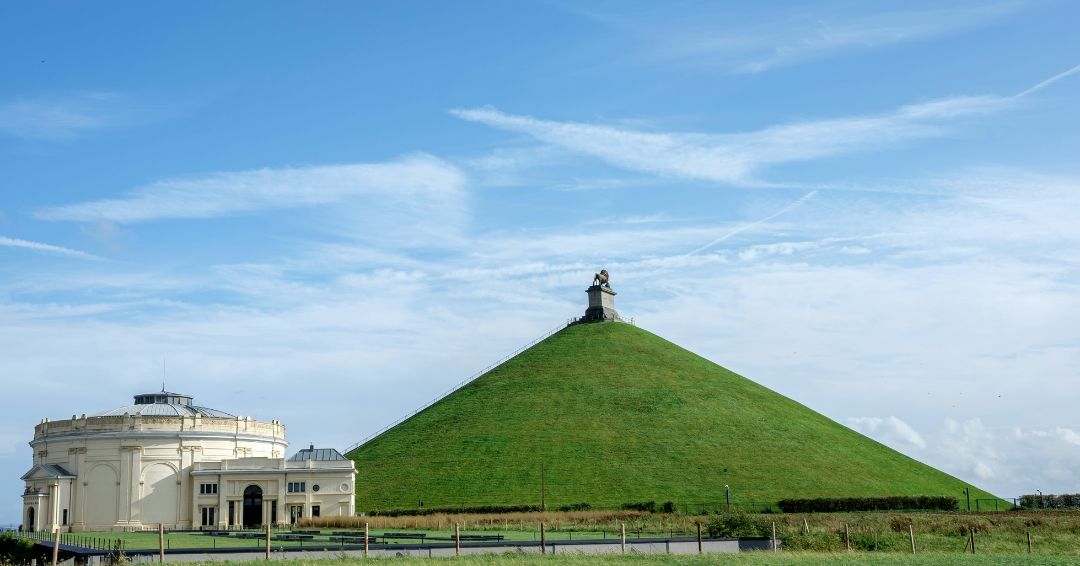
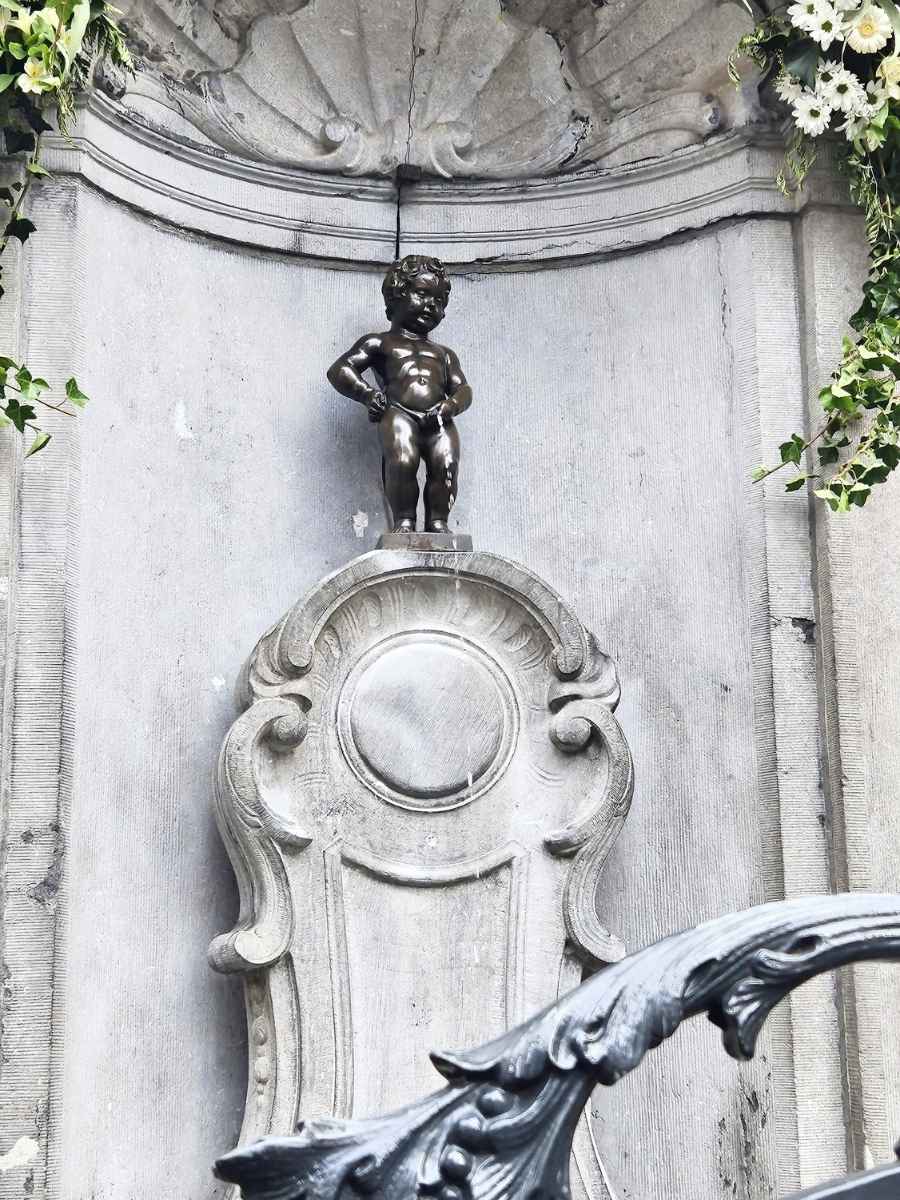

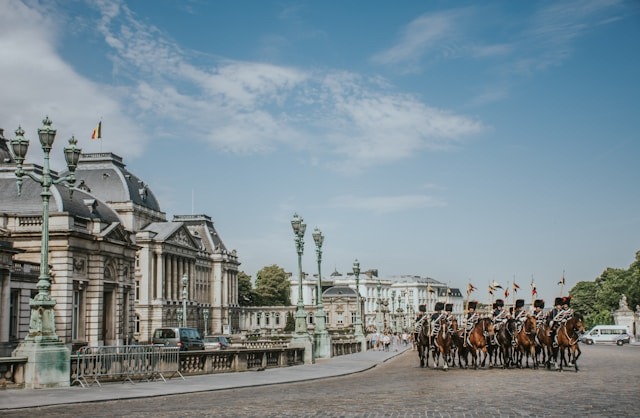

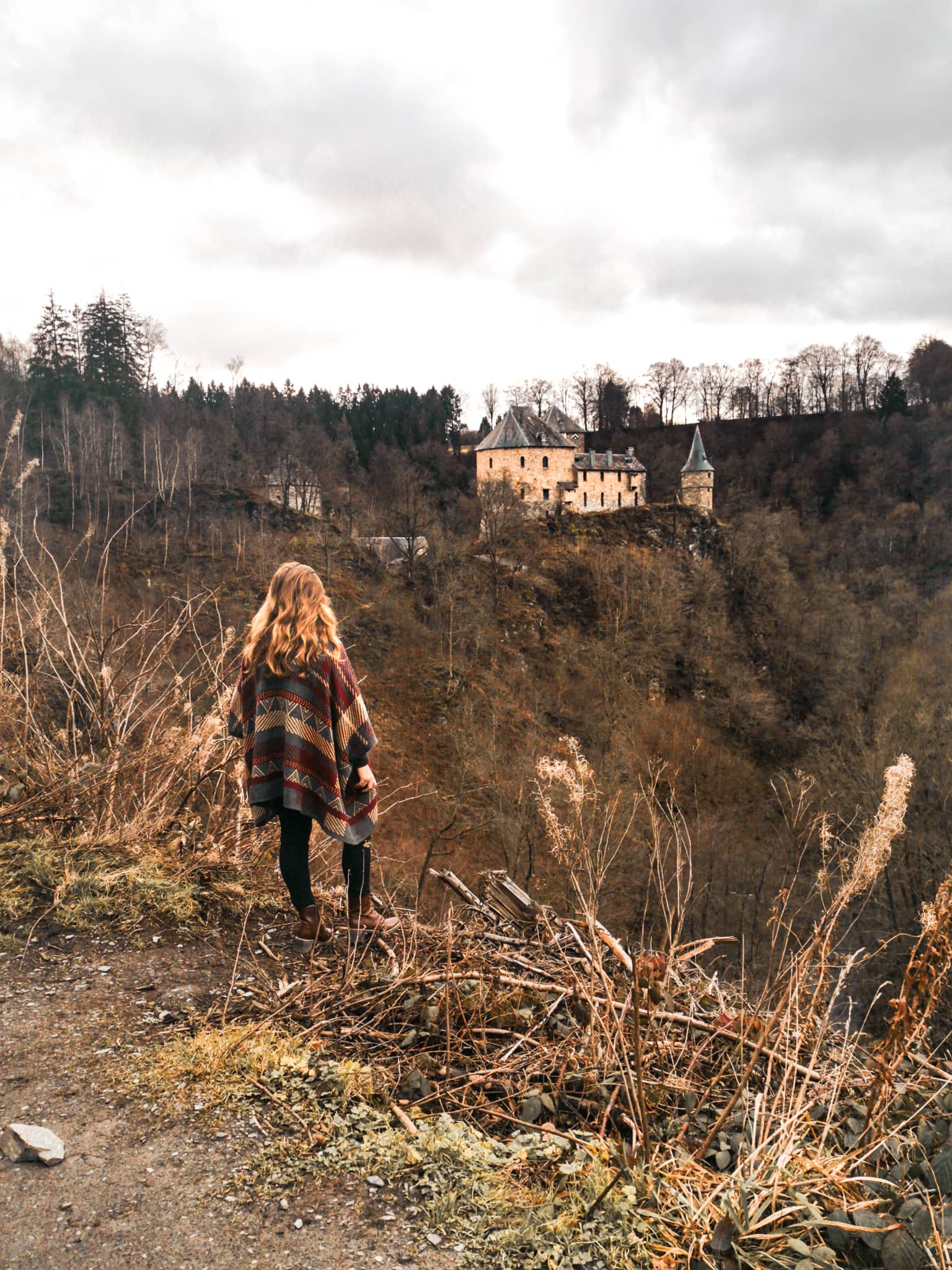
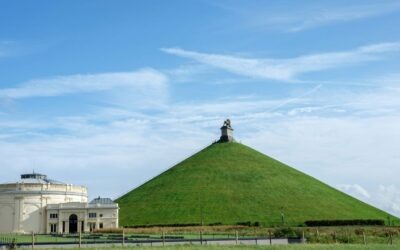
0 reacties